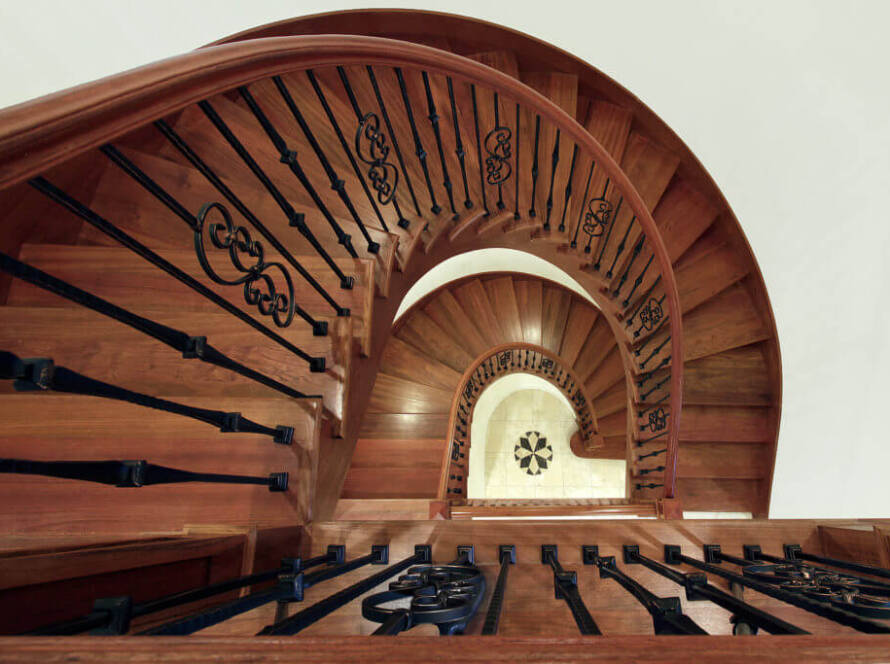Slips on the stairs is one of the most common causes of injury in the home and in the workplace. That’s why it’s important to know how to implement your stairs’ safety in a way that adhere to all health requirements. If you want to implement safety in your home, here are some design tips. We’ve provided how to reduce the risk of injury from falls on the stairs with stair tips.

Floating stairs safety:
First,floating staircases create unique risks, especially when considering fall-through rates for small children. If your staircase is built to the right regulations, it won’t have an open riser which should remove any worries.
A floating staircase should also have a graspable handrail. If you’re particularly worried, you can install a bannister shield to ensure maximum safety.
Get carpet covering to implement stair safety:
Moreover,stairs covered mean you are less likely to have an accident due to the increased grip carpet fibres provide. If you have wood stairs and don’t want to go through the carpet installation, a stair carpet runner is a great way to achieve this safety. If you do go down this route, it’s important to ensure the fixing of the carpet runner with stair rods.
Make edges visible to implement stair safety:
Furthermore, one of the best ways to more visible stair edges is through stair nosing. Stair nosing helps prevent slips by improving grip and making stair edging more visible and therefore harder to miss. They function to help to prevent wear and tear on the edge of your stairs which could make slippages easier.
Stair bannister to implement stair safety:
In addition,a great tip for bannister safety, especially in a house with small children, is a plexiglass bannister guard. This will help prevent children and babies from getting stuck between the railings.
Ensure the area is well-lit to implement stair safety:
In conclusion,if your stairwell is dim then visibility will be down, resulting in an increased risk of slips and falls. Installing lights on the actual stairs is a great way to combat this.



